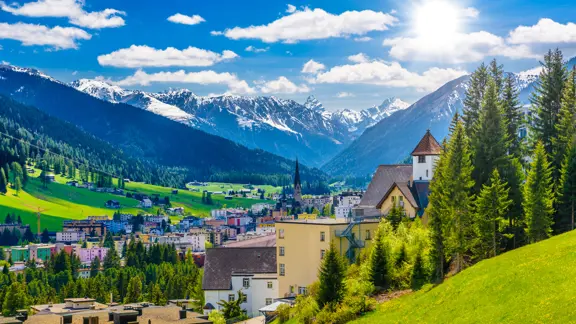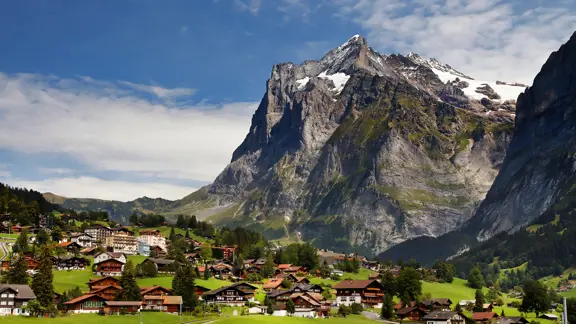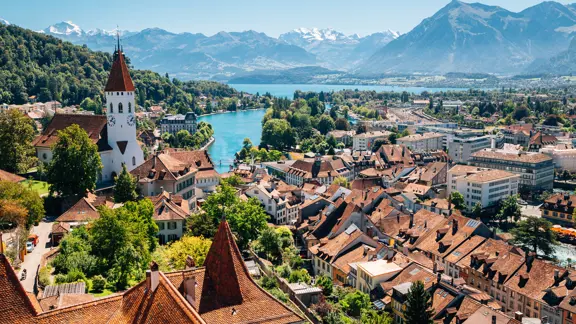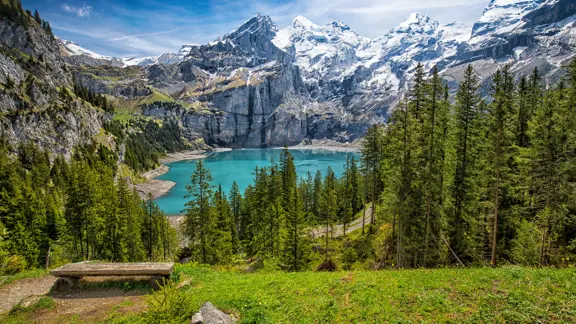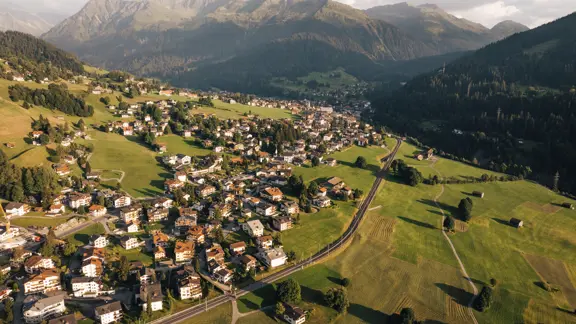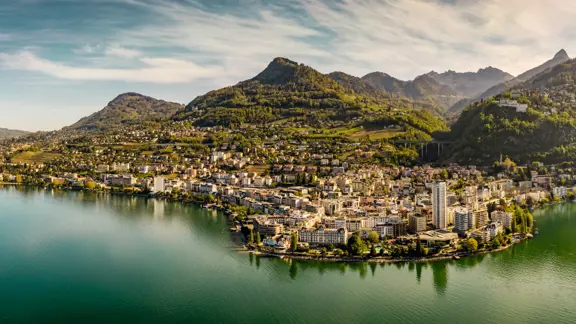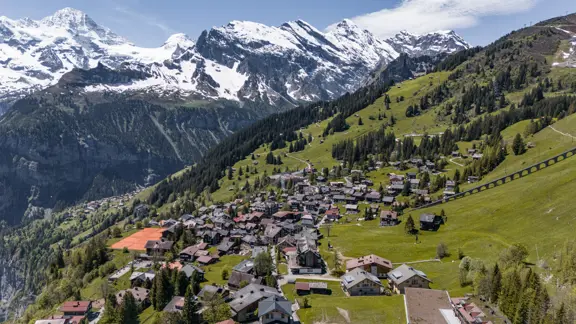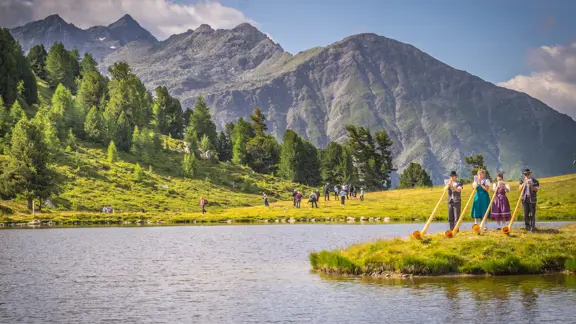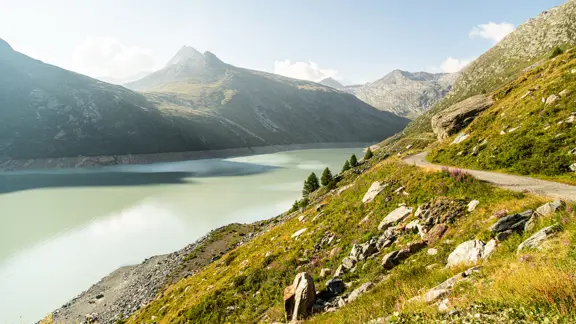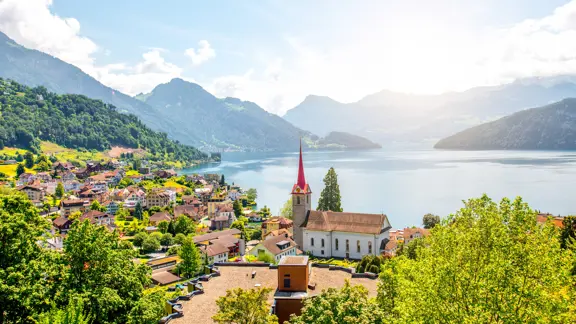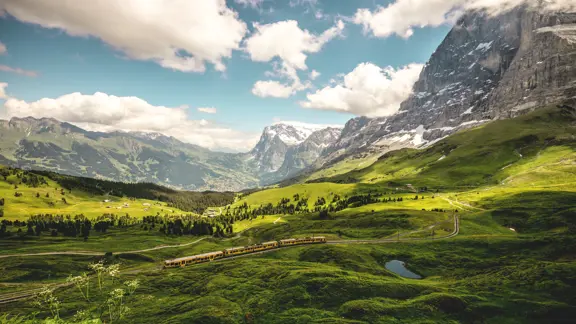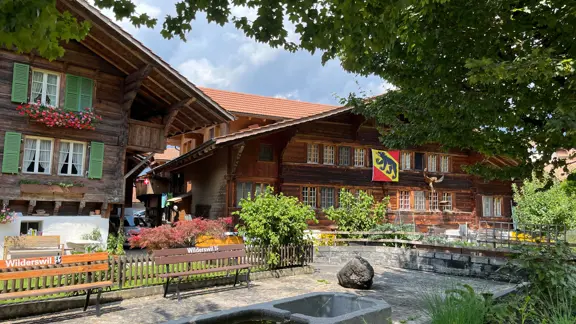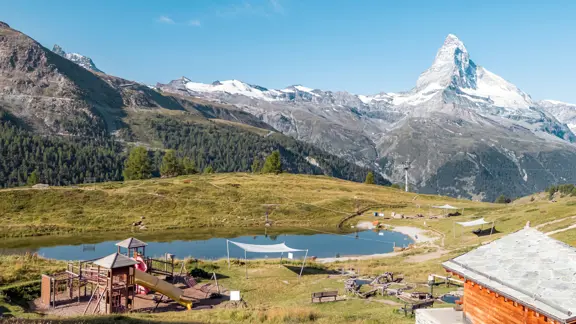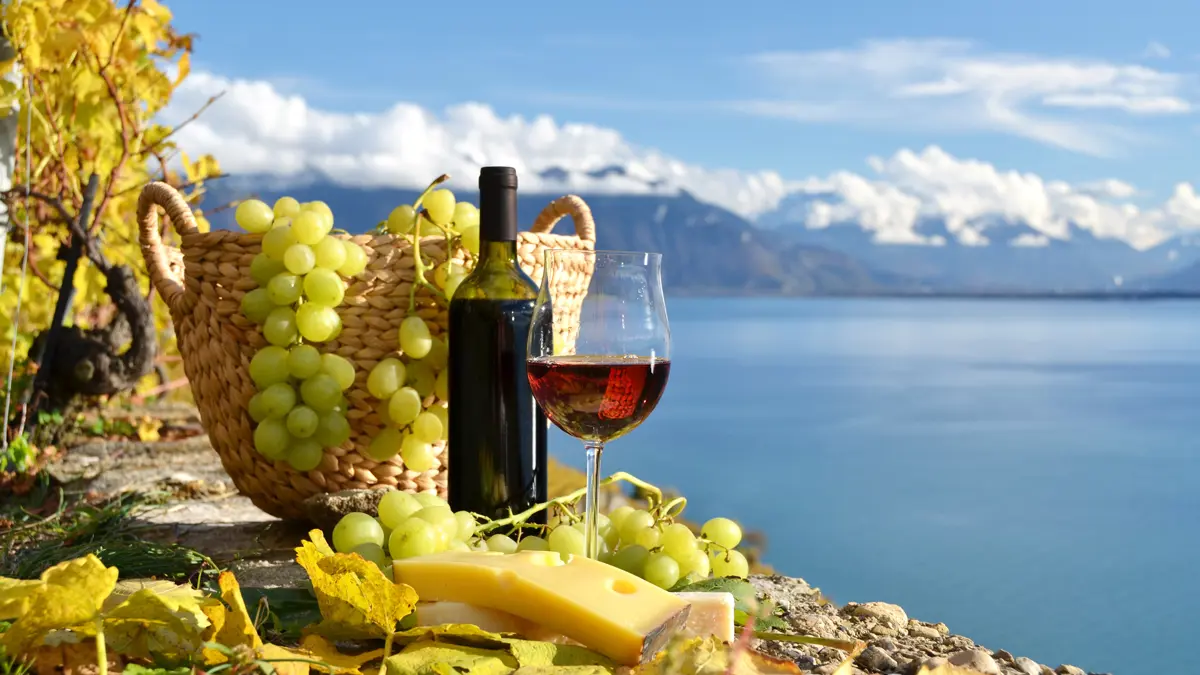
Swiss wines to enjoy on holiday

What is Swiss wine?
Switzerland might be famous for its chocolate, cheese and mountains, but did you know it also produces some seriously impressive wines?
Swiss wine is one of Europe’s best-kept secrets. Made with care and tradition, it reflects the country’s incredible variety of landscapes, languages and climates.
In short, Swiss wine is as authentic, varied and full of character as the country itself, and best enjoyed right where it’s made. You’ll rarely find Swiss wine abroad, as most of it is enjoyed right here by the locals.
Domestic demand for its own wine is so high, that little is left for export.In fact, only about 1% of Swiss wine is exported, according to official data from Swiss Wine Promotion and the Swiss Federal Office for Agriculture (BLW, 2022).
Read on to uncork everything you need to know about Swiss wine culture, where it’s made, and what to taste.
History of Swiss wine
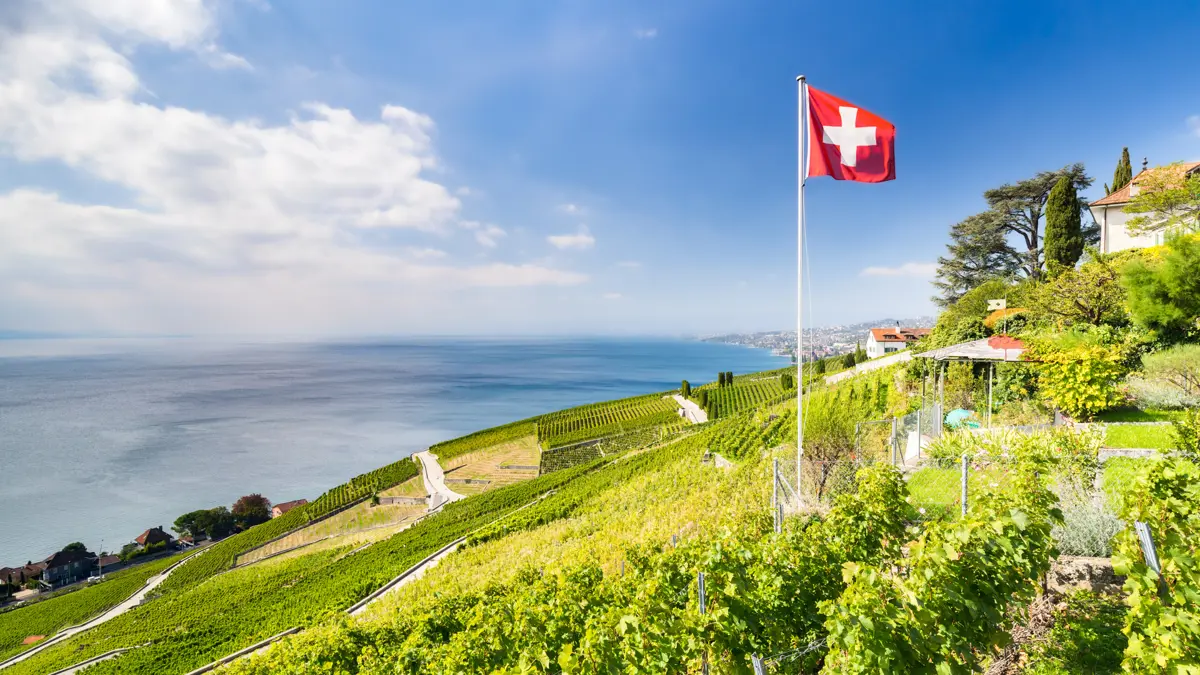
Before we get to the tasting, let’s take a quick look back at how Swiss wine came to be.
It all starts in the Roman times. When the region known as Helvetia, now modern-day Switzerland, became part of the Roman Empire in 58 B.C., vines were introduced to the area and winemaking slowly took root among the Alpine hills and lakesides.
Over the centuries, the craft of viticulture evolved alongside Switzerland’s culture, landscapes and traditions.
In 1420, Marie of Burgundy, who had fled to Saint-Prex, gifted Pinot Noir vines to local winegrowers, a gesture that helped shape the country’s red wine story.
Fast forward to the late 20th century, and Swiss wine production faced one of its biggest challenges.
In 1988, overproduction sent the industry into crisis. To restore quality and protect authenticity, the canton of Geneva became the first to introduce a system of controlled designations of origin (AOC), with other cantons soon following suit.
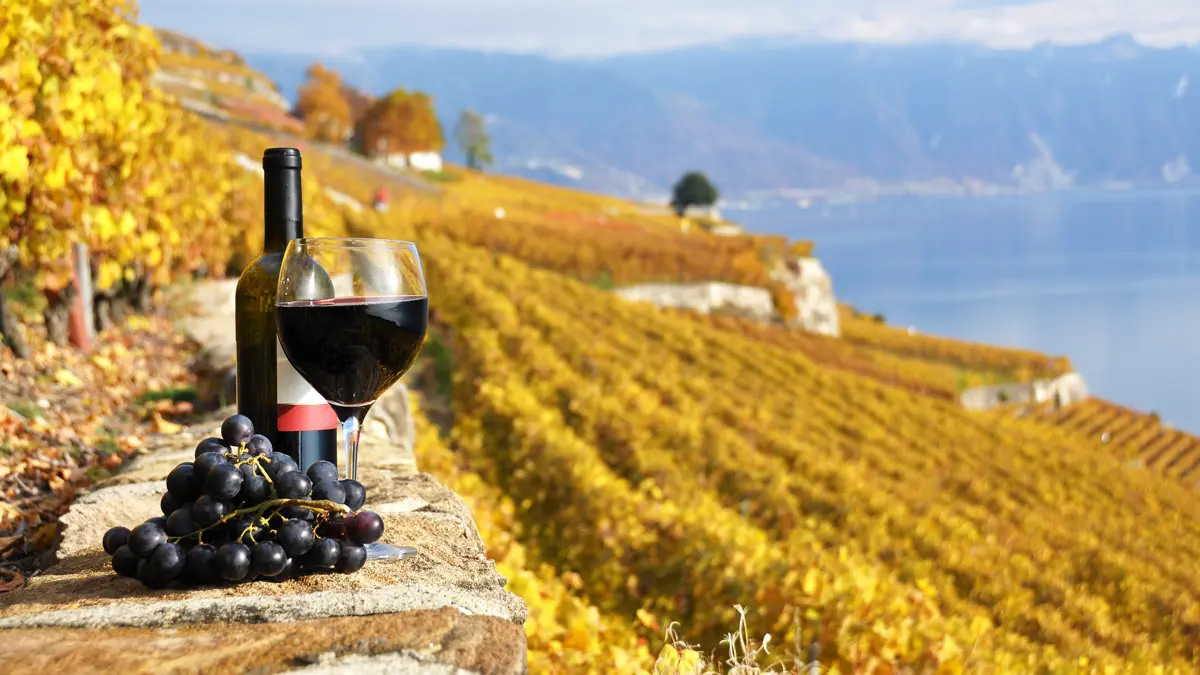
Sustainability then took centre stage. In 1993, the Swiss Association for Natural Production in Viticulture, known as Vitiswiss, launched the Vinatura label, recognising wines produced using environmentally friendly methods and responsible farming.
Innovation continues to drive Swiss winemaking today. In 2013, the Swiss Federal Agricultural Research Centre, Agroscope, in Pully created Divico, a new-generation hybrid grape designed to blend natural resistance with high quality.
It is a perfect example of what makes Swiss wine so special, a mix of tradition, craftsmanship and forward thinking.
Source: Swiss Wine Promotion (SWP), the national organisation for the promotion of Swiss wines.
Myth busting Swiss wine
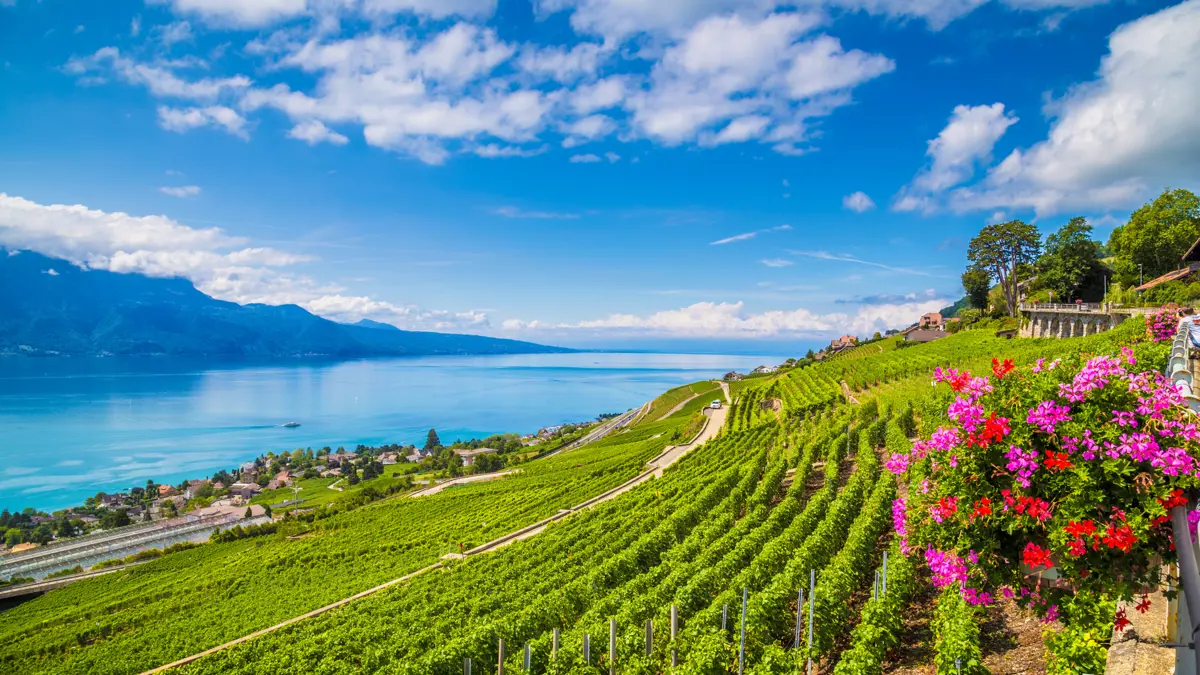
Now that we’ve uncorked a little history, it’s time to clear up a few common myths.
Swiss wine is full of surprises. It may not be the first thing that springs to mind when you think of vineyards, but once you’ve tasted it, you’ll understand why locals are so proud of their bottles.
Here are a few common myths worth clearing up before your first sip.
- The Swiss keep all their wine for themselves: False. It’s true that only around 1.5% of Swiss wine is exported, but that’s not because the locals are keeping it all to themselves. Switzerland actually doesn’t make enough to meet its own demand, with around 63% of wine consumed in the country being imported. The reason you won’t see much Swiss wine abroad is simple: production is small and mostly handcrafted, so there’s little left to send overseas.
- Swiss wine is too expensive: False. Swiss vineyards are often small and found on steep slopes, which means much of the work has to be done by hand. Most growers use sustainable methods, with about 90% following Integrated Production practices, and many create biodynamic wines. These are small-batch, artisanal bottles rather than mass-produced ones. Compare a mid-range Swiss wine to one of the same quality from France or Austria, and the Swiss option often offers great value for money.
- Swiss wines can’t compete internationally: False. After import controls were lifted around 20 years ago, Swiss wine producers had to adapt quickly. The industry focused on quality and innovation, and the results speak for themselves. Today, Swiss wines hold their own against some of Europe’s best, combining traditional craftsmanship with modern techniques.
- There’s little interest in Swiss wine abroad: False. The issue isn’t popularity, it’s production. Because Swiss wines are made in small quantities, producers can’t always meet the large orders required by international wholesalers. That’s why Swiss wines remain a rare treat, best discovered while you’re here, glass in hand, surrounded by mountain views.
Now that we’ve cleared up a few myths, let’s explore where all these wonderful wines come from.
Wine in Lucerne
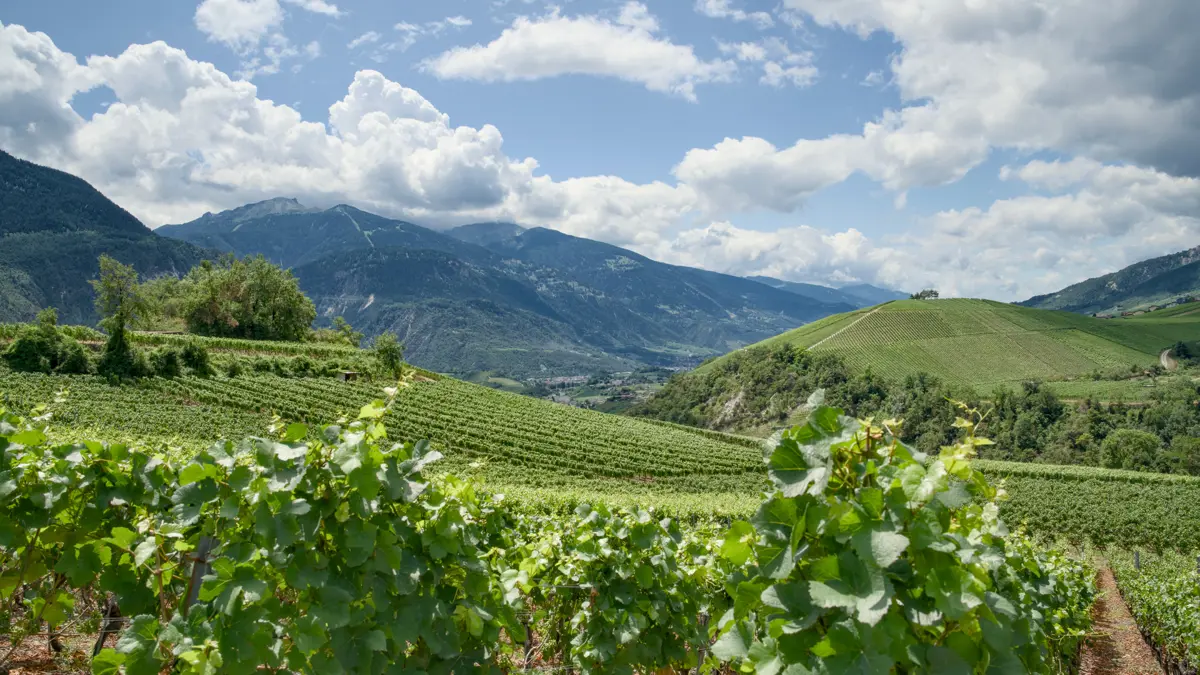
Lucerne may be better known for its lakes and mountain views, but it’s also part of a quietly thriving wine scene.
Vineyards here are scattered across steep, south-facing slopes where mineral-rich soils and cool alpine nights help the grapes develop depth and flavour. The result is high-quality, expressive wines that truly reflect their surroundings.
Local producers focus mainly on Pinot Noir and Müller-Thurgau, while innovative PIWI varieties (hybrid grapes that are naturally resistant to disease) are becoming more common as winemakers adapt to the changing climate.
You’ll find vineyards in Seetal, Lake Sempach, and around Lake Lucerne, where wine-tasting often comes with panoramic views and a peaceful alpine breeze.
Meet the grapes: Swiss stars of the vineyard
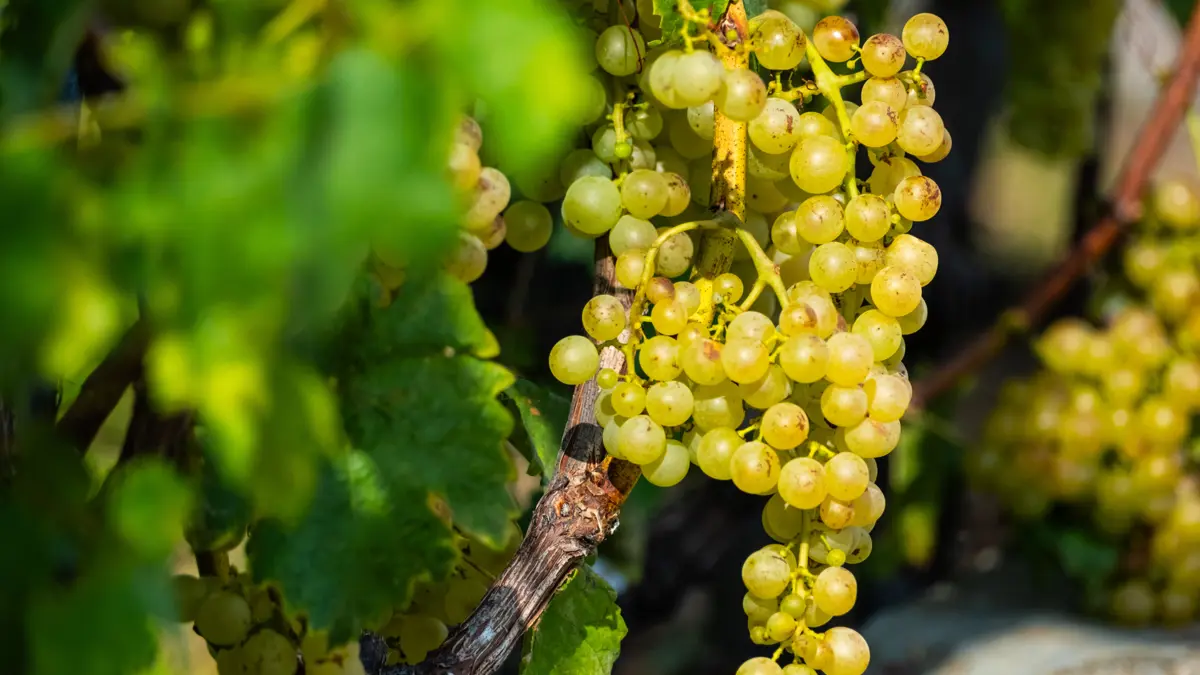
There are more than 250 different grape varieties grown here, from famous international names to local favourites you’ll only find in the Alps. There are plenty more to discover, but here are just a few to try on your holiday.
Chasselas: The taste of tradition
Delicate, floral, and quintessentially Swiss, Chasselas is the country’s signature white wine, especially loved in Vaud and Valais. With gentle notes of pear, apple and citrus, this wine pairs perfectly with the region’s signature dishes: fondue and raclette. It’s light, dry, and refreshing, just the thing to enjoy after a lakeside stroll or mountain walk.
Perfect pairing: cheese fondue, freshwater fish, and good company.
Chardonnay: Elegant and expressive
While it’s known the world over, Swiss Chardonnay shines in its own right. Found mainly in Vaud, Geneva and Valais, it balances crisp freshness with creamy complexity, depending on whether it’s aged in oak.
Perfect pairing: grilled fish, shellfish, or poultry in sauce.
Gamay: Light, fruity, and fun
If you prefer red wine that’s bright and easy to drink, Gamay is your go-to. Popular in Geneva, Vaud and Valais, this variety bursts with cherry and raspberry flavours, often with a little hint of spice. It’s the ideal companion for lighter dishes or for sipping as you watch the sun dip behind the mountains.
Perfect pairing: roast chicken, grilled vegetables, or soft cheese.
Pinot Noir: The elegant all-rounder
Pinot Noir (or Blauburgunder) is Switzerland’s most planted grape. It’s delicate but full of personality, offering everything from light, fruity styles to complex, oak-aged wines. Try a glass in Neuchâtel, where it’s also used to make the elegant rosé known as Oeil de Perdrix.
Perfect pairing: salmon, duck, or mushroom risotto.
Cabernet Sauvignon: Bold and beautiful
For those who like their reds rich and powerful, Cabernet Sauvignon from Switzerland is a hidden gem. Expect blackcurrant, cedar and peppery notes, perfect with a hearty meal after a day on the slopes or trails.
Perfect pairing: steak, lamb, or a square of dark Swiss chocolate.
How to choose the best Swiss wine for you
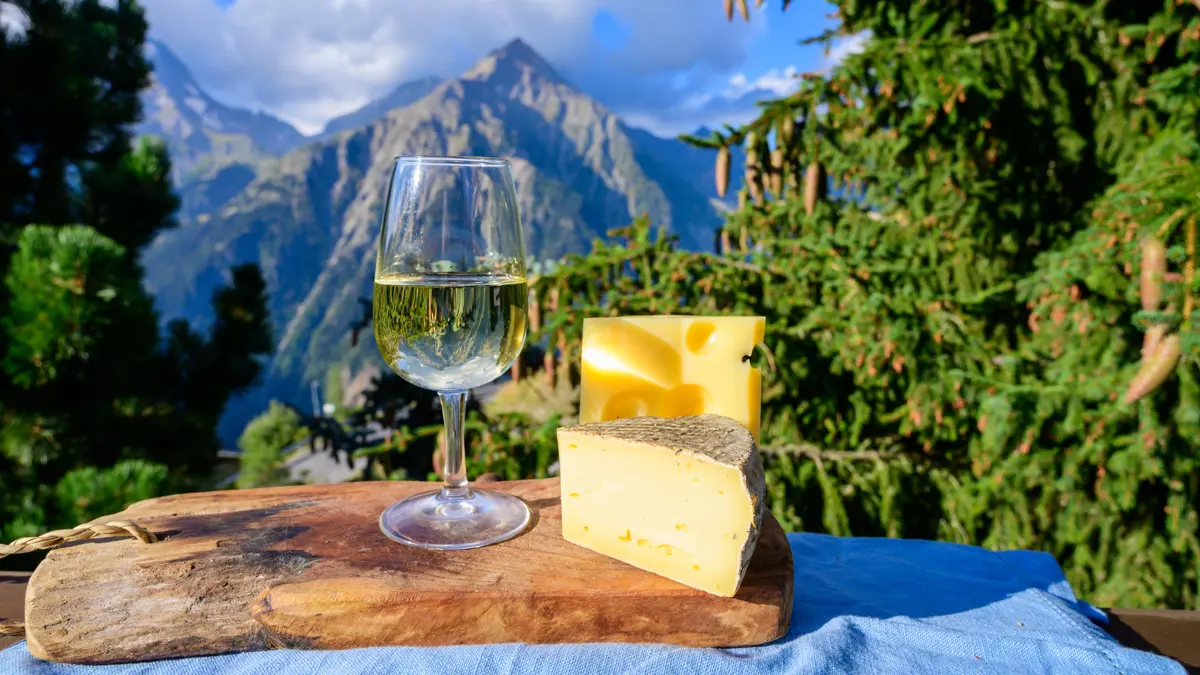
Choosing the perfect Swiss wine is all part of the experience. Start by thinking about what you enjoy most, whether that is a crisp white to sip in the sunshine or a smooth red to unwind with after a day of exploring.
If you like something light and refreshing, Chasselas is a wonderful choice. For a versatile red that pairs with almost anything, you can rely on Pinot Noir.
Also, consider what you will be eating. A delicate, fruity wine is perfect with grilled vegetables or lake fish, while a rich, full-bodied red pairs beautifully with hearty mountain dishes such as game stew or roast lamb.
Taste Swiss wine on holiday
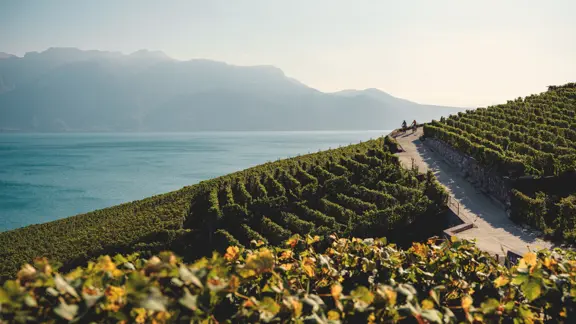
Did you know?
Switzerland produces around 99 million litres of wine every year, but only 1% is exported, meaning you’ll need to visit to taste the real thing.
The Valais region makes one-third of all Swiss wine, while the smallest producer is the scenic Three Lakes region.
With 252 grape varieties, including 168 registered by the Federal Statistical Office, Switzerland’s wine diversity is second to none.
The highest vineyard in Europe sits below the village of Visperterminen, perched between 650m and 1,150m above sea level.
The final word on Swiss wine
Switzerland’s wines might not be widely known, but that is what makes discovering them so rewarding. Every region has its own story to tell, shaped by the landscape, the language, and the people who make it their craft. What you find in the glass is quality, character, and a real sense of place.
Take the opportunity to taste local varieties while you are there. Whether it is at a vineyard, a mountain restaurant, or beside one of Switzerland’s beautiful lakes, each sip offers a little insight into the country’s charm. It is these small moments that make a walking holiday in switzerland unforgettable.
